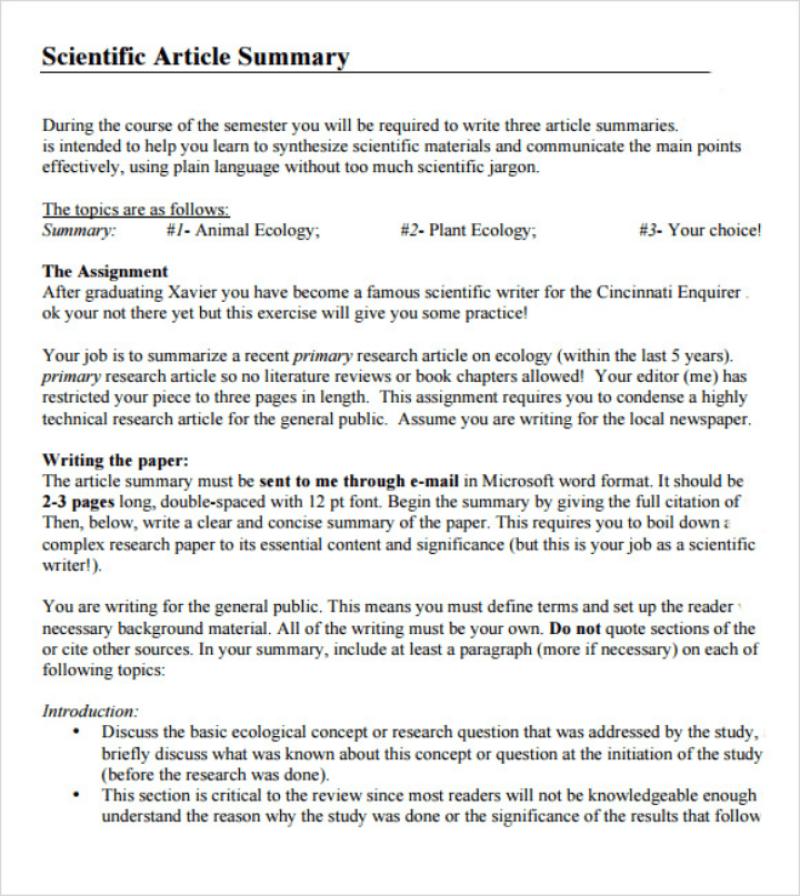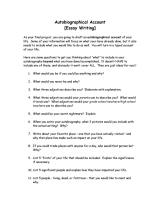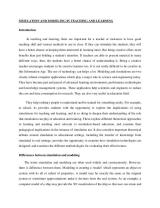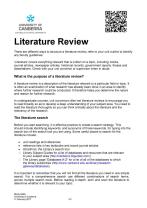How to write an article review?
Writing an article review involves critically evaluating and summarizing a scholarly article. Here's a step-by-step guide on how to write an article review:
1. Read the Article Thoroughly:
- Begin by reading the article carefully. Take notes as you read and pay attention to the key arguments, evidence, and the author's main points.
2. Understand the Article's Structure:
- Identify the article's structure, including the introduction, thesis statement, main body, and conclusion. Note the methods, results, and discussion sections if it's a research article.
3. Take Notes:
- Jot down key ideas, important quotes, and any questions or concerns you have about the article. Note the strengths and weaknesses you observe.
4. Understand the Author's Argument:
- Identify the author's main argument or thesis. Determine how the author supports their argument and the evidence they provide.
5. Consider the Article's Contribution:
- Evaluate the article's contribution to the field. What does it add to existing knowledge, and how does it contribute to the conversation in the academic community?
6. Examine the Methodology (for Research Articles):
- If the article is a research study, assess the methodology. Consider the study design, data collection methods, and whether the research is well-executed.
7. Critique the Article:
- Provide a critical analysis of the article. Discuss both strengths and weaknesses. Consider the author's biases, the clarity of their argument, and the validity of their evidence.
8. Organize Your Thoughts:
- Create an outline for your review. Organize your observations and criticisms in a logical order, ensuring a smooth flow from one point to the next.
9. Write the Introduction:
- Start your review with a brief summary of the article, including the title, author, publication date, and the main thesis or argument. Provide context for your review.
10. Summarize the Article:
- Summarize the main points of the article in your own words. Be concise but ensure you capture the key elements of the author's argument.
11. Evaluate the Article:
- Offer your evaluation of the article, discussing what you believe the author did well and where the article falls short. Support your points with evidence from the article.
12. Conclude the Review:
- Summarize your main points and provide a concluding statement. Discuss the overall impact of the article and whether you recommend it to others.
13. Proofread and Revise:
- Carefully proofread your review for grammar, spelling, and clarity. Revise as needed to ensure your review is well-written and effectively communicates your thoughts.
14. Cite the Article Properly:
- If you use direct quotes or paraphrase information from the article, make sure to cite it properly according to the citation style (e.g., APA, MLA) specified by your instructor.
15. Follow Any Assignment Guidelines:
- If your article review is part of an assignment, make sure to follow any specific guidelines provided by your instructor.
Remember, an effective article review not only summarizes the content but also provides a thoughtful and critical analysis of the work. It's an opportunity to engage with the ideas presented in the article and contribute your insights to the academic conversation.
Understanding the structure of an article review
An article review is a critical assessment of a scholarly work, typically published in a peer-reviewed journal. It evaluates the article's contribution to the field, its strengths and weaknesses, and its overall significance.
The general structure of an article review includes:
Introduction: Briefly introduce the article and its main topic. State the author's purpose and provide context for the research.
Summary: Provide a concise summary of the article's main points, methodology, findings, and conclusions. Do not simply paraphrase the article; instead, present the key ideas in your own words.
Analysis and Critique: Critically evaluate the article's strengths and weaknesses. Assess the validity of the research methods, the credibility of the findings, and the soundness of the conclusions. Discuss the article's contribution to the field, identifying its original insights or new perspectives.
Conclusion: Summarize the main points of your review and restate your overall assessment of the article's significance. Identify areas for future research or suggest directions for further exploration.
Analyzing the article's content and arguments
To effectively analyze an article's content and arguments, consider the following questions:
Purpose and Scope: What is the author's main purpose in writing the article? What specific questions or hypotheses does the article address?
Research Methodology: What methods did the author use to gather and analyze data? How rigorous and appropriate are the methods for the research question?
Findings and Results: What are the key findings of the research? Are the findings presented clearly and supported by evidence?
Discussion and Conclusions: How do the authors interpret their findings? Do the conclusions logically follow from the evidence presented?
Contribution to the Field: What is the article's original contribution to the field of study? Does it present new insights, challenge existing perspectives, or fill gaps in the literature?
Formulating a critical evaluation of the article
A critical evaluation of an article goes beyond simply summarizing and describing the content. It involves forming your own judgment about the article's strengths, weaknesses, and significance.
When evaluating an article, consider the following aspects:
Originality: Does the article present new ideas or perspectives that were not previously explored in the field?
Significance: Does the article make a meaningful contribution to the field of study? Does it have the potential to impact future research or practice?
Methodological Rigor: Are the research methods sound and appropriate for the research question? Are the findings credible and well-supported by evidence?
Clarity and Organization: Is the article well-written and easy to understand? Is the structure logical and the arguments presented clearly?
Objectivity and Bias: Does the article present a balanced and unbiased perspective? Does the author acknowledge limitations and potential biases in the research?
By carefully considering these aspects, you can formulate a critical evaluation of the article that assesses its overall contribution and identifies its strengths and weaknesses.













